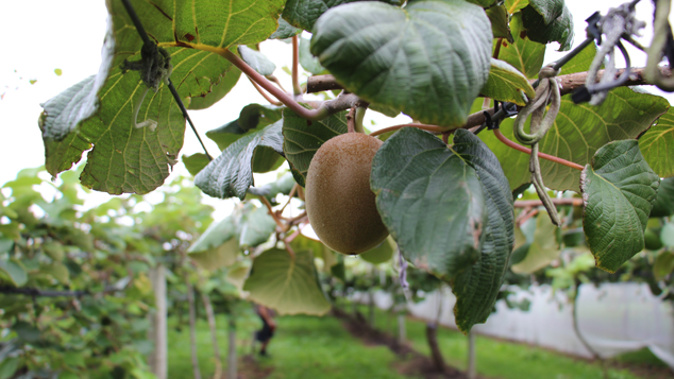
The kiwifruit industry has offered an interesting insight into how labour markets actually function. A spokesman from the industry was adamant — the shortage of workers willing to pick and pack kiwifruit was due to the sad welfare mentality of some Kiwis.
Beneficiaries were unwilling to do hard physical work of up to 10 hours a day for the minimum wage. That was why the industry is reliant on temporary migrants and backpackers to cover their annual labour shortage. This was why migrant worker rules need to be eased to ensure this sad work ethic doesn't penalise this lucrative export industry.
Government welfarism is very corrosive. The kiwifruit industry received over $25 million of taxpayer money to combat the PSA virus several years ago.
The radio interviewer asked the kiwifruit spokesman why they don't just pay higher wages to attract more local workers. He replied that this would reduce the number of workers available to other kiwifruit growers in the area. They would end up competing with each other for workers. They would all end up having to pay higher wages.
The kiwifruit industry has bounced back from the PSA scare. It has innovated in developing and adopting new strains of kiwifruit that are resistant to the PSA virus. It is a great comeback story. It is a credit to its resilience and enterprise and government assistance.
A hectare of kiwifruit farm around Te Puke can sell for up to $1 million. Recent returns for orchards are between $50,000 and $100,000 per hectare. Kiwifruit are once again a very profitable crop.
Yet they can't afford to pay their pickers and packers above the minimum wage. They need Government assistance to increase the supply of migrant workers.
It is an interesting insight into how some labour markets work in New Zealand, especially for low income jobs. It helps explain some of the huge increase in income equalities in recent decades.
Economics 101 teaches that wage rates in most occupations are ultimately determined by supply and demand for workers in that occupation. It teaches that workers will tend to be paid according to their productivity due to competition between firms for workers.
Classical economists from the 19th century, such as Adam Smith and David Ricardo and unsurprisingly Karl Marx, were more dubious about how wages were determined in the real world. They believed there would always be tension between the share of business revenue that went to profit versus wages. The split between profits and wages would be largely determined by the relative bargaining power of workers compared to employers rather than the magical impartiality of free markets and competition.
Recent evidence suggests the classical economists may have been more accurate than the dogma taught to young students in Economics 101.
Some of the most profitable industries in New Zealand have paid the most miserly wages to their rank and file workers. They include the big rest home operators, supermarkets, fast food chains, petrol companies and parts of the agriculture and horticulture sector.
Wages for low income jobs are largely determined by the relative bargaining power of workers versus employers. Power imbalances in labour markets are the norm.
• Peter Lyons teaches Economics at St Peters College in Epsom. He is currently writing a new text called "the Economist's Secret Handbook".
Take your Radio, Podcasts and Music with you









